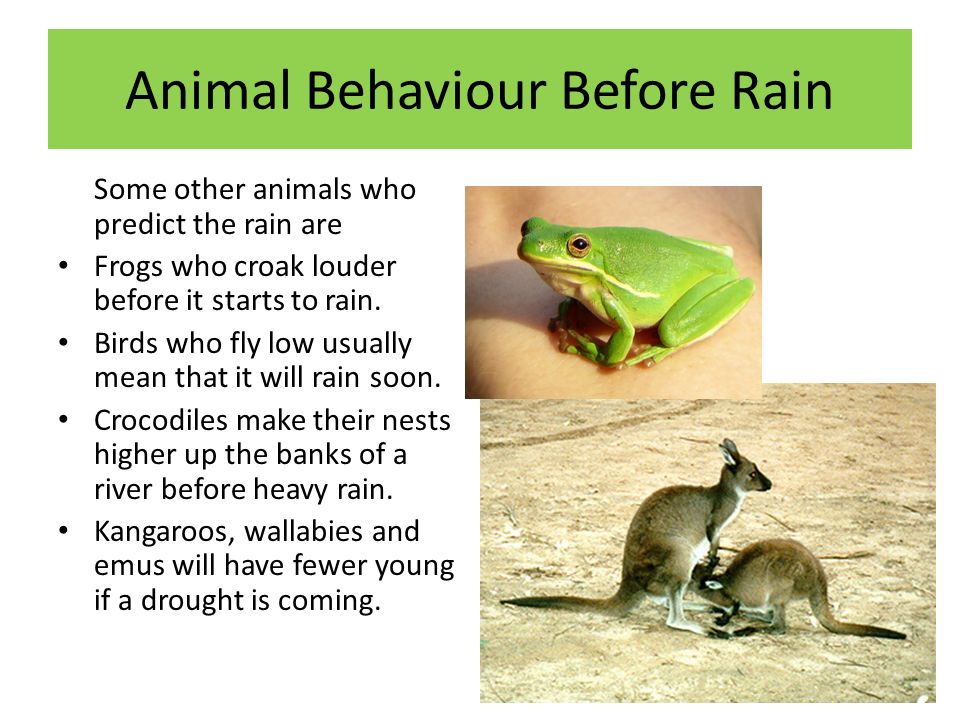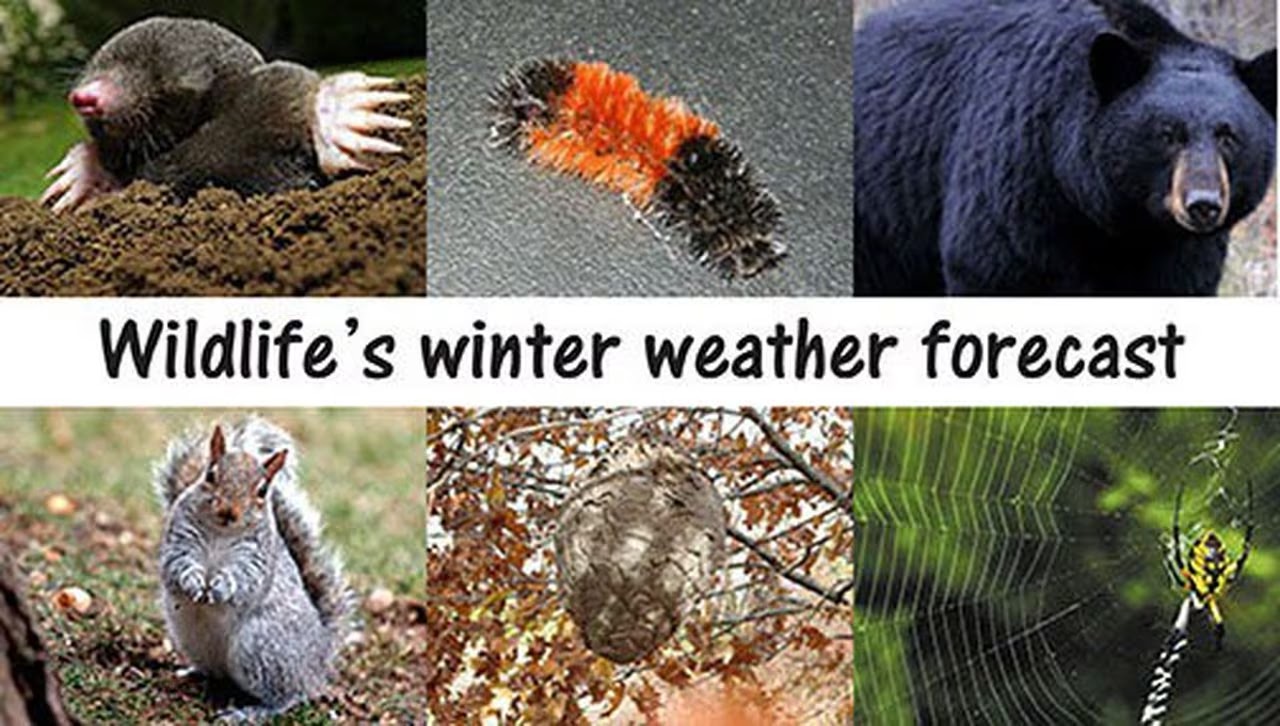EXTRA SENSES OF ANIMALS AND BIRDS
FROM SAMPATH’S DESK:
EXTRA SENSES OF ANIMALS AND BIRDS
CERTAIN WONDERS IN THE WORLD WE OVERLOOK
You
may not believe, yet it’s true! Yes, we generally tend to dismiss some truths
as being figments of wild imagination, tell-tales, concocted stories, or
make-belief. We, humans, braggingly think and boastfully claim that we are more
intelligent and superior to non-human living beings like animals, birds,
rodents, reptiles, flies, insects, and the like, and consider them as ordinary, pitiable, and even unworthy mortals. This is a wrong idea. But alas,
they have different abilities you can’t even imagine that are incredibly
awesome. At the top among them are their intuition and the ability of premonition
or presage i.e. foretelling/forewarning of certain impending natural calamities
- such as earthquakes, storms, tsunamis, heavy downpours, and so on - just
minutes, hours or days in advance. We ignore - deliberately or otherwise - and
fail to take note of the same seriously. There are such different wonder
behaviour, patterns of movements, strange reactions/responses, and typical voice-raising
by them about the impending natural yet unusual events including disasters. Proper
discernment, decipherment, and serious notice/attention to such realities are
woefully missing among us. Though seemingly unbelievable, it’s the hard truth
and stark reality which we don’t recognize or take cognizance of.
A simple example - the disappearance of lizards, long lines
of ants, and mayflies (ஈசல்) swarming lights, lamps and
bright areas are indicative of the likely onset of rains.
EARTHQUAKES:
Anecdotal evidence abounds of animals, fishes, birds,
reptiles, and insects exhibiting strange behaviour anywhere from weeks to,
days, hours, minutes and seconds before an earthquake. The connection between these living beings and the seismic events,
however, eludes our comprehension.
Some animals can detect the vibrations of an
earthquake a few seconds/minutes before it occurs, thanks to their inherent,
instinctive, and unique senses - but not a few hours or days before! When an
earthquake occurs, it produces two types of waves of energy. The smaller
P-waves (compressional waves) of
an earthquake arrive well before the core and larger S-waves (shear waves) can be gauged or sensed by some animals.
In P-waves (compressional waves), vibrations of the rock are
in the direction of propagation. They move faster than the S-waves because they
can travel faster through solids, liquids, and gases alike, while the S-waves can
only travel through solids. These are the waves that shake the ground in a
rolling motion. Humans hardly feel the vibrations of the P-wave, but animals
can detect and strongly sense it. It’s believed that they observe and recognize
it through their senses of smell, touch, hearing, instinct feelings, mild
quivers or shudders, or a combination of two or more of these abilities.
STORMS/CYCLONES:
Though we are now able to predict and monitor
storms and cyclones through the state-of-the-art technologies of observing and
monitoring cloud movements, wind patterns and speed, and other allied
parameters through geostationary satellite imaging, its characteristic
features, attributes, variables and other peculiarities through suitable watch mechanisms/systems,
birds are said to have the ability to predict storms and cyclones in advance. Many
expert studies have found that the breeding behaviour of thrush birds is an
accurate predictor of the intensity of the Atlantic hurricane season.
Birds, known as veeries, could sense tropical
storms months before they formed, something very hard to believe; isn’t it?
Some years, the veeries ended their breeding season and prepared for migration
earlier than in other years. Analyses revealed a correlation between this behaviour
and the severity of the upcoming hurricane season. Researchers theorized that
starting their migration earlier may give the birds extra time to wait out of storms
before crossing the open waters. And, who knows, with climate change effects more
pronounced of late that exacerbate the intensity and unpredictability of the
extreme weather patterns/events, whether the adverse ramifications would
finally threaten the very survival of some species.
TSUNAMI:
Because tsunamis are created by earthquakes, landslides, and/or other large disturbances underneath the huge water territories like seas and oceans, the vibrations these events generate could be felt by some animals albeit mildly, though they go undetected by humans. However, most of the evidence supporting this idea came from eyewitness accounts such as when locals saw elephants and flamingos fleeing to higher grounds ahead of the 2004 tsunami triggered by the 9.1 magnitude earthquake in the Indian Ocean. Others reported domesticated animals behaving strangely.
ADVERSE WEATHER PATTERNS:
Frogs (when you hear their volume of croaking increases),
birds (when they fly at lesser altitudes than they usually do and/or flutter
their wings continuously and unsteadily), cows (when they become restless and
antsy, begin to swat flies with their tails, and/or lie down in the pasture to
save a dry spot), bees and butterflies (when they completely disappear from the
flower-beds), sheep (when they unusually crowd together in large numbers and
shield each other), ladybugs - கரும்பள்ளிவண்டு, பெண் பூச்சி – (when they unusually look for a safe shelter), ants (when you notice higher mounds and longer line-ups than
usual), and groundhogs - வளை தோண்டி வாழும் கொறிவிலங்கு வகை, குறிப்பாக நிலப்பன்றி - (the beleaguered ones frequently look at their shadows) - are
typical examples.
Some other clues are noteworthy like the
following:
- When
sheep turn into the wind, you can expect rain.
- When
sheep ascend hills and scatter, you can expect clear weather.
- If
sheep huddle up in a tight group, one can expect snowfall.
- Spiders,
caterpillars, and ladybugs predict cold weather.
- Crickets
predict the temperature.
- When
cats sneeze, rain is on its way.
- When
birds fly low, perhaps it’s bad weather likely to knock, and when they fly
higher, it is an indication of good and clear weather arriving. This,
they sense, due to changes in air pressure.
- Generally,
a low-flying dragonfly (தும்பி) is a fairly accurate prognosticator of
weather patterns, as is the straightness of a column of ants. If dragonflies fly low, they predict
rain. And, if they fly high, the weather is bound to be sunny and bright.
If they fly at the medium level, the sky is bound to be overcast.
General observations:
Dogs - they have a heightened sense of smell and hearing. At such times, dogs can foretell a change in the offing in barometric pressure, which varies with different weather seasons/patterns. Dogs feel when the pressure is changing because scents will either travel faster or slower, according to changing atmospheric pressure patterns.
Cats - yes, their
heightened senses can allow them to pick up signals of an approaching storm. A cat’s inner ears may detect the sudden
fall in atmospheric pressure. Therefore, the cat
can hear the rumbles of a thunderstorm before we do it. Again, there is
no denying that cats are more aware of their surroundings compared to humans.
Their sense of smell and hearing is far deeper and sharper than ours, helping
them pick up changes in weather before we can.
Donkeys - they are traditionally attributed to the ability
to inform humans about the environment. Carefully observing the behaviour and
cognitive reactions of donkeys in their habitats may enable one to quantify
such reactions to develop informative mathematical models. These models can be
used to explain present environmental situations, trace back past events, or even
predict future conditions. For this, an inquisitive, sensitive, sharp, and discerning
mind is a prerequisite. Environmental stressing situations, studies reveal, affect
donkeys in a way that they register the cognitive adaptations or sequels
derived from such situations. Furthermore, such environmental events may not
only affect the existing cognitive status and behavioural patterns of the
animals, but they may also tend to linger on throughout. A model can explain
major variabilities in response type/intensity, mood, and/or learning capabilities.
Donkeys can well be used as an environment-informative sensitive tool which can
predict and register even the slightest of human-unappreciable climatic variations
to which they may behaviorally adapt beforehand.
Primates including Monkeys:
Some monkeys plan for a day of fruit and bug foraging the same way
people plan for a picnic - they always keep an eye on the weather. A study
reveals that grey-cheeked ‘mangabeys’ (white-eyed African monkeys) wait out
cloudy days and go fruit-picking when the sun shines. The finding provides insight
into what may have driven the evolution of cognitive skills in the primates.
Not only were the monkeys more likely to return to trees where they
had previously found fruit, but they were also more likely to forage when it was
warm and sunny than cloudy and cool. Warm temperatures and solar radiation combine to speed up the ripening of figs as well as the growth of insect larvae
squirming inside some fruits, which the monkeys extract for a tasty snack.
To
dwell on the ingenuity of humans, in those days, our ancestors used the
stone-mortar for grinding, or grinding stone (ஆட்டுக்கல் or கல்லுரல்)
usually placed in the courtyard (முற்றம்) or
backyard (கொல்லைப்புறம்) as rain-gauge to measure the
rainfall quantum (by measuring the stagnant water in the middle pit by inserting fingers) to adjust their agricultural operations in their fields - like
what crops to be raised and in what quantities commensurate with the wetness in the soil, groundwater
availability, and allied details especially after rains.
What a great human ingenuity it was?!
To sum up - what a wonderful world it is in which the myth bubble of perceiving non-human living beings as brainless or unintelligent lot stands burst!
(R.SAMPATH)
30/12/2023






Comments
Post a Comment